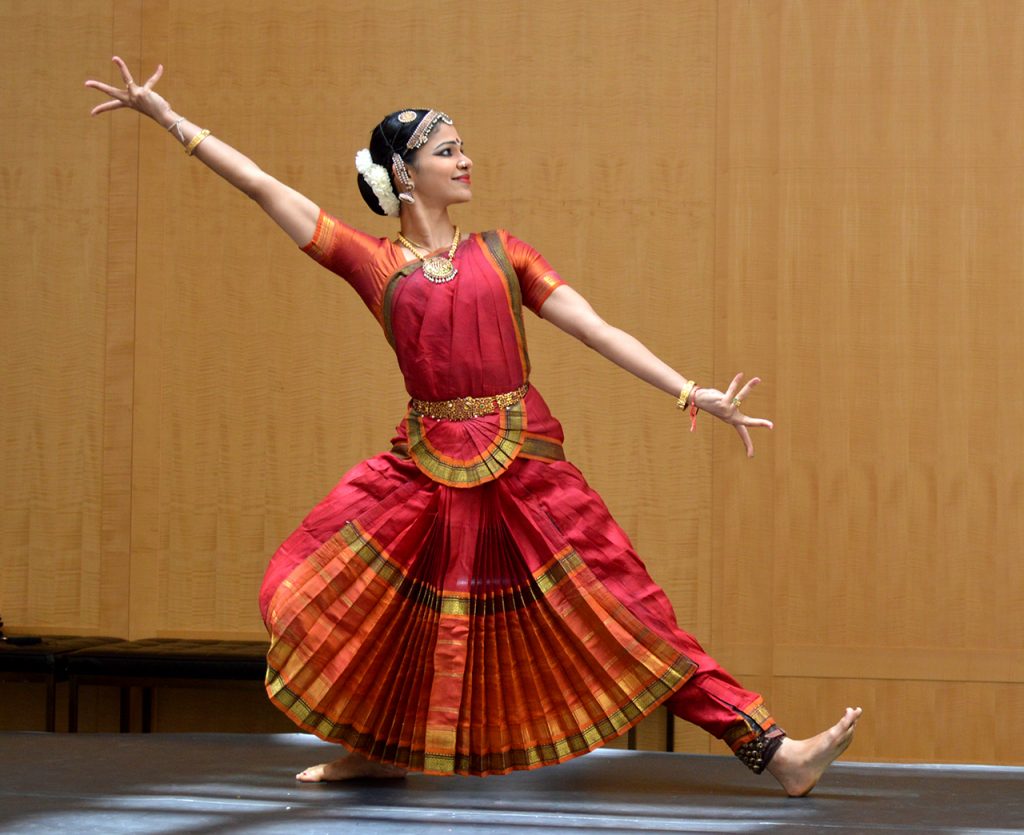
There are very rare chances of finding many nations like India. The country is a single entity on the global map, but has multiple cultural variations within itself, making it a rich conundrum of differences. This is evident when one compares it with many other countries. Imagine going to Italy or France, or Indonesia or Japan and you will find some sort of uniformity in its culture. There will be an official language, a set of policies that apply to the entire country, a specific cuisine and so on. Of course, there are always local variations and every locality or region has its own special cultural twist. However, this difference is extremely stark in India, where it is near to impossible to have a standard definition that fits the bill across the length and breadth of the country.
More so, the democracy of the land shines bright when regions or states are allowed to not necessarily follow a standard uniform cultural code.
To elucidate let us take a look at some of the main overarching cultural and societal references to understand how much of these vary in span of thousands of kilometers on ground.
Indian Language –

There is no national language of India. But it has 22 languages that are officially recognized. Hindi and English are used for official purposes; but, states can specify their official languages taking the count to 22. In fact, there are hundreds of languages spoken in India, if dialect and variations are taken into account. India has the highest number of official languages in the world, however, it has to be noted that besides Hindi and English the rest are official only at the state level. The importance of language is such, that states have demanded being formed on the lines of linguistic uniformity, such as, a Telugu speaking state of Andhra Pradesh. The regional concentration of language makes it sometimes difficult to communicate with the locals in any other language. This is especially seen in certain states, such as, Tamil Nadu, Punjab and the north eastern states. Hence for someone visiting India, the sheer change in dialect and language can be considered overwhelming.
Indian Caste and Reservation –

India has a long history of caste and reservations are its reality of today. Schedule Caste, Schedule Tribe and OBCs are together given a reservation of 49.5%, however, certain states, such as, Tamil Nadu, Maharashtra, Telangana and Haryana have crossed this reservation cap due to their inherent social and caste structures. Though many castes and tribes are included, many more have voiced their desire for reservations. The Supreme Court along with the Central and state governments have been trying to find a way to accommodate or reject their pleas. Irrespective of the outcome, the fact that the country is home to a large number of castes and tribes, makes it a constant hub of differing caste needs and the history of discrimination makes the demands and debate only more alive.
Indian Cuisine –

Though many nations are identified strongly on the basis of their cuisine (remember Chinese and Lebanese!), Indian cuisine incorporates a wide range of dishes and methods that are hard to classify all under one roof. Yes, Indian cuisine has its own specifics and favorites that are well known throughout the world, yet it is definitely much harder to define Indian food on a single menu card when compared to some other international cuisines. The sheer variety of food ranging from south Indian light food, to spicy ghee laden north Indian food, to sea food of the east, the street foods, the cross country influenced foods and so on make Indian cuisine a gamut of wonderful gluttony.
Indian Dance –

India recognizes 8 classical dances though there are many more dances that originate and are akin to particular states and region. A look at different dances of the world and one will know that India tops the list with the maximum number of dances. Yes, one can Samba in Brazil, Ballet in Russia or perform the Dragon Dance in China, but India is home to Bharatnatyam, Kathak, Manipuri, Kathakali, Kuchipudi, Odissi besides bhangra, garba, bihu and many more. Most of these dances have originated from a particular state or region and find highest patronage and recognition from the same.
Indian Religion –

Some countries in the world are known for having a larger majority of a particular religion, whereas others are secular in nature. India is often considered the largest democracy in the world that is religiously pluralistic and high on ethnicity. The large population has something to do with it, yet the fact that people from different religions reside together under the governance of a single unified democratic nation speaks volumes. Certain religions are more concentrated within certain states and regions and just as caste, there is a healthier distribution of different religions in urban areas and cities. However, the fact that India is home to many different religions that are also concentrated across different states, make it a unique diaspora.
It is a known fact that India is a land of diversity. However, being a republic the country gives its states and regions a reigned freedom to be who they are. A great sign for democracy and in spite of its many flaws and lapses, India still remains to acknowledge and respect its cultural and social differences.





